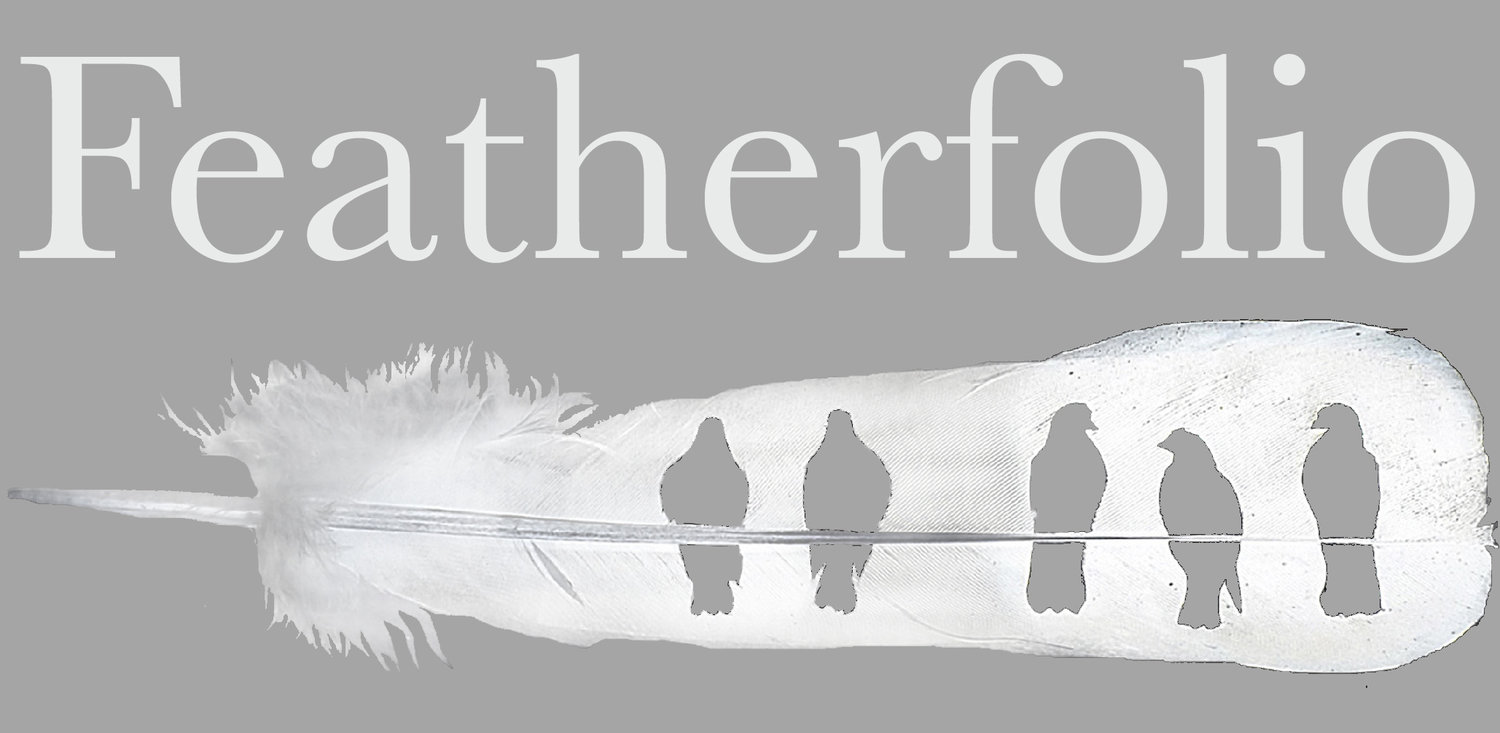In 2011, a student at the University of Alberta found these feathers in fossil amber. They are 80 million years old and likely from dinosaurs.
You might assume that the first feathers were for flight but you’d probably be wrong. Flight feathers are incredibly complex. Like a single cabin rebuilt into a house, then into a town, and then a city, growing things begin simply and evolve into more complex forms. So it makes a lot more sense that the first feathers were simpler arrangements. The first feathers would likely be just individual shafts; then shafts with barbs--like branches coming from the shafts which is what is pictured here. After that, feather barbs would themselves branch by adding barbules coming off the branches. This is what we know as down—filamenty, whispy, and warm. Then barbules would add the little microscopic hooks on their ends to keep the barbs connected, sort of like Velcro. This would make a feather vane—the flat surface needed for flight. Only then would a feather evolve the further features needed for flight. So these feathers were used for something else—perhaps to aid swimming or to keep the creature warm.

